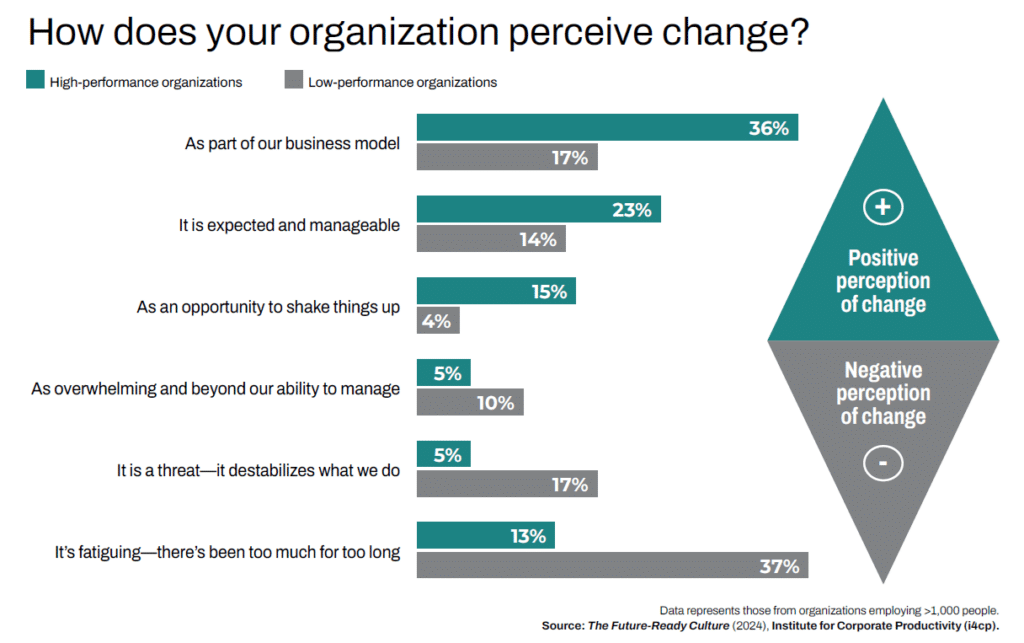It’s that time of year when companies spend a great deal of time strategically planning for the future. Unfortunately, each year, this proves to be a tough endeavor because the only thing predictable about the future is that it is unpredictable. And lately, it seems to be changing at a pace previously never seen.
Leaders of high-performance organizations understand there is one thing that gives them an edge in unpredictable times—their culture.
I know what some of you are thinking: The benefits of a great culture are hardly a mystery. In fact, they have been explored and researched many times in the past … what’s different now? While many companies have worked to improve their cultures over the years, the pandemic changed some of the dynamics. The explosion of hybrid and distributed teams has created work environments that are much less dependent on physical location or formal structure. Culture has increasingly become difficult to control, and organizations with weaker cultures—and disappointing financial results—have suffered. In fact, we recently uncovered that 52% of respondents from low-performance organizations said their cultures have become somewhat to much worse over the last two years.
Conversely, over those same two years, strong cultures have thrived. In our latest study, The Future-Ready Culture, those from high-performance organizations (as measured by revenue growth, market share, profitability and customer satisfaction) are five times more likely to say they have a very healthy culture.
The importance of agility for a future-ready culture
Low-performance companies hate change. They view change as wearing them down, as overwhelming and—most damaging—as a threat that is potentially destabilizing to their business.

How can I tell if my organization hates change?
How do you know if you have a change-averse culture? Well, we tracked the traits of the cultures that were most averse to change and found them to be overly bureaucratic, conflict-avoidant, hierarchical, risk-averse, complacent and consensus-driven. If that sounds like your organization, you likely have some work to do to move from a change-averse to a future-ready culture.
 There are three core principles of future-ready cultures that the research uncovered:
There are three core principles of future-ready cultures that the research uncovered:
1. Employee-focused
Employee growth, wellbeing and engagement are core to being employee-focused. These cultures grow and engage their workforce by being learning-centered, inclusive, caring and safety-conscious.
2. Mission-driven
North Star clarity on mission and purpose of work creates a non-political, results-focused workforce that is purpose and mission-driven, customer-centric, performance-oriented and quality-focused.
3. Change-ready
Fluidity of mindset and collaboration enables a workforce that embraces change and innovation. As a result, it is creative, collaborative and—most critical to a future-ready culture—agile.
A future-ready culture is a choice. If companies want to have an agile, engaged and prepared workforce, they need to create a culture that is healthy and instills the proven traits of today’s high-performance organizations. As outlined in Culture Renovation®, by following certain steps, organizations have proven they can improve cultural health—and, in doing so, future-proof the workforce.

